From Reşita to Anina – on the E3 through the Batan Mountains
प्रकाशित: 02.09.2023
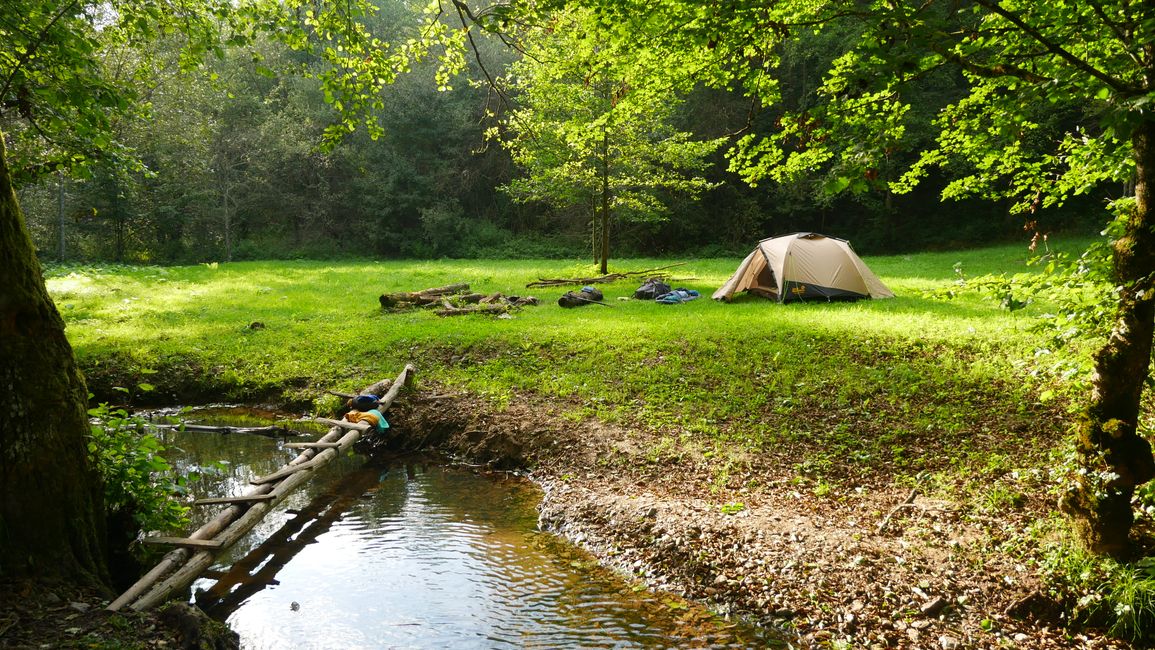
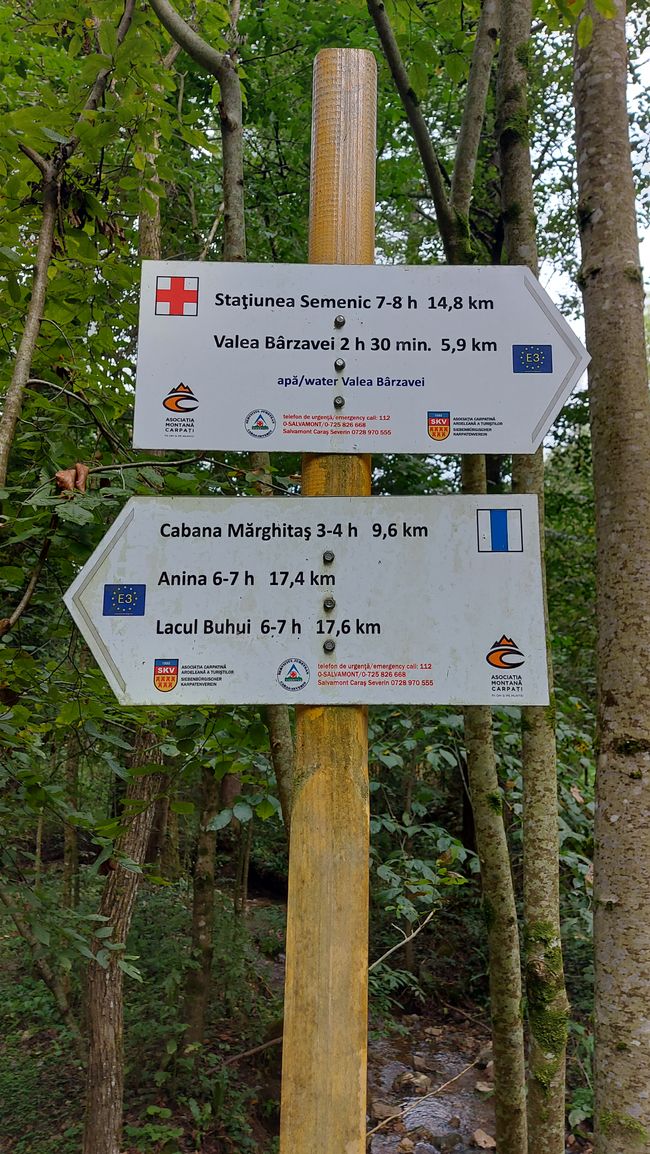
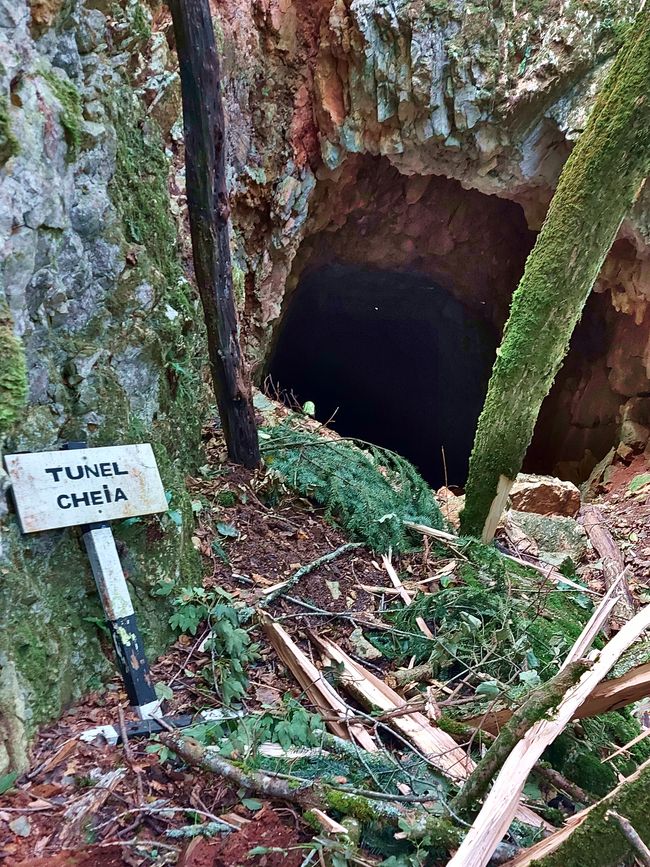
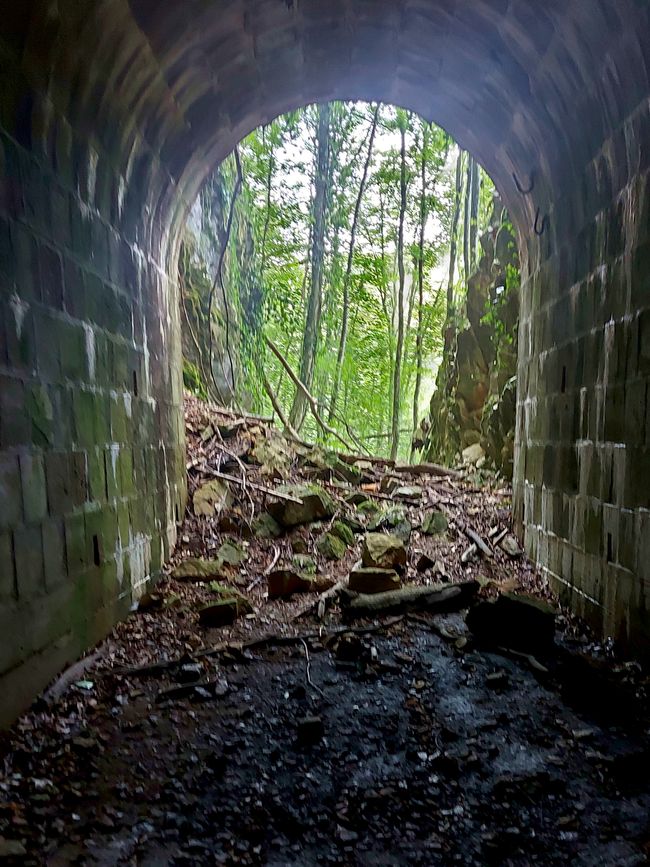
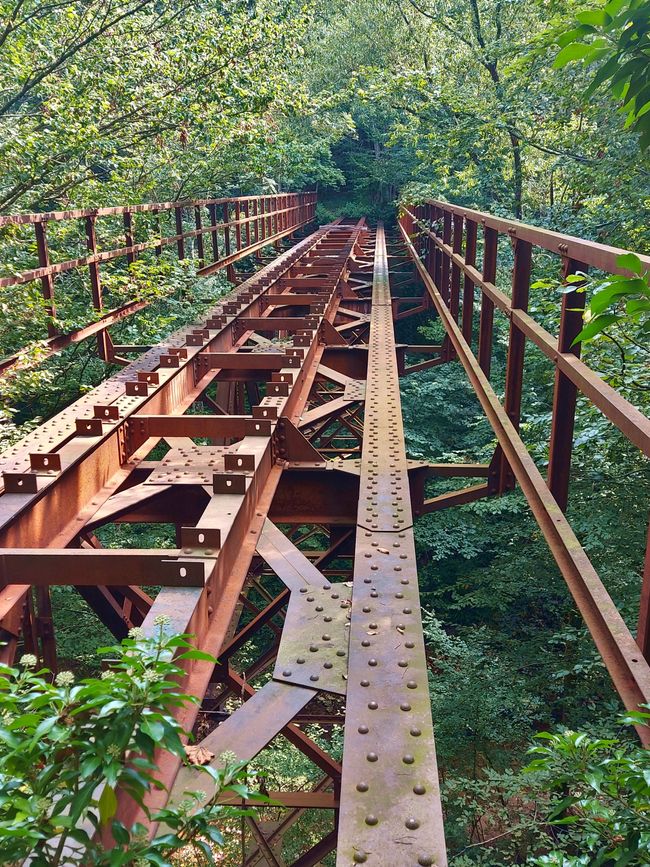
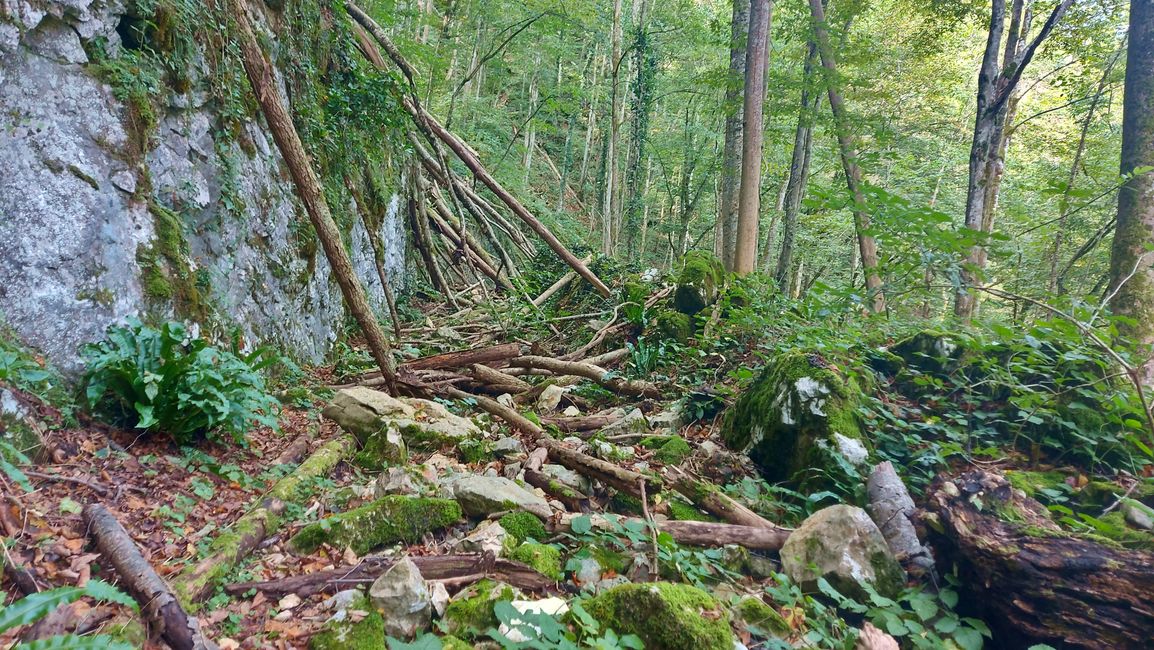
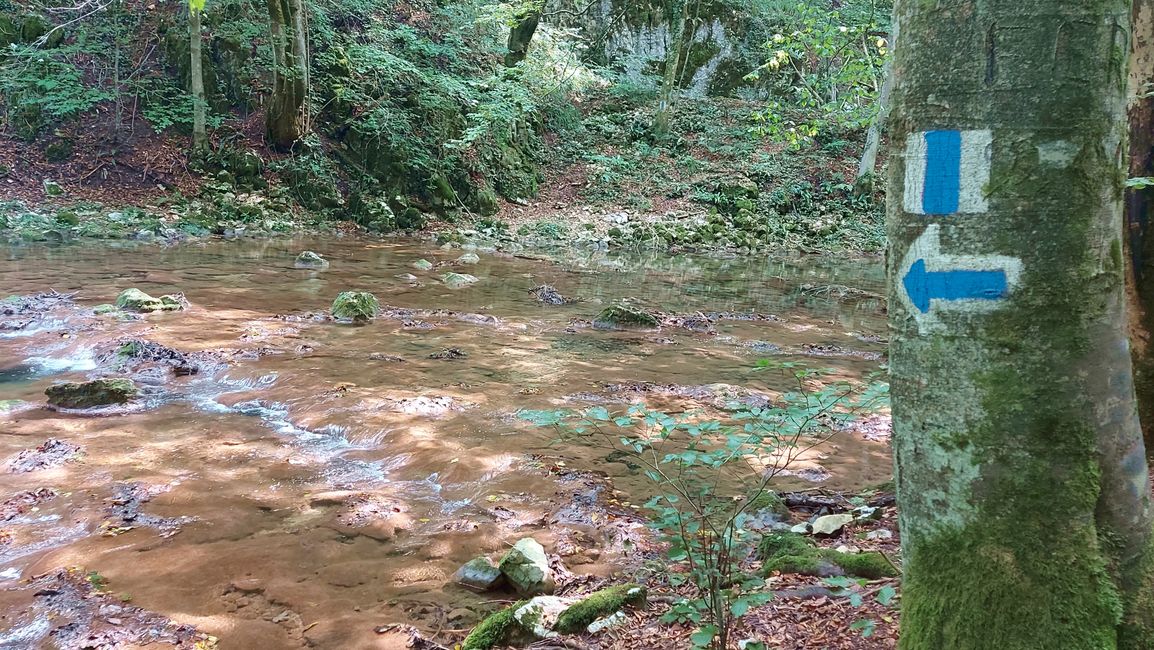
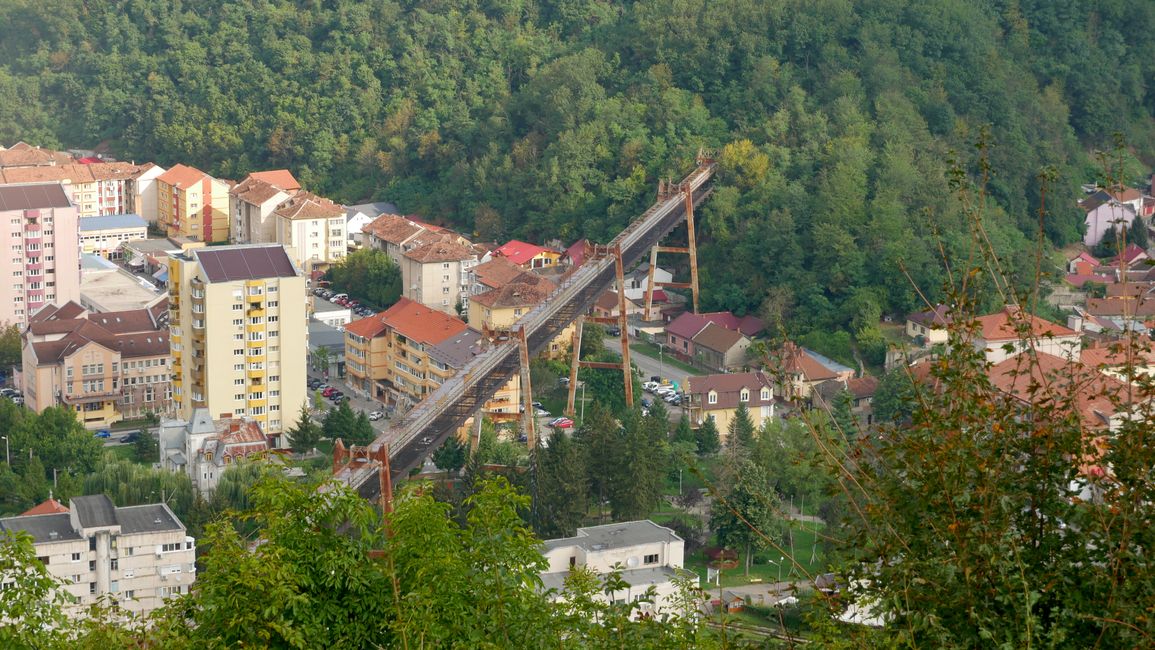
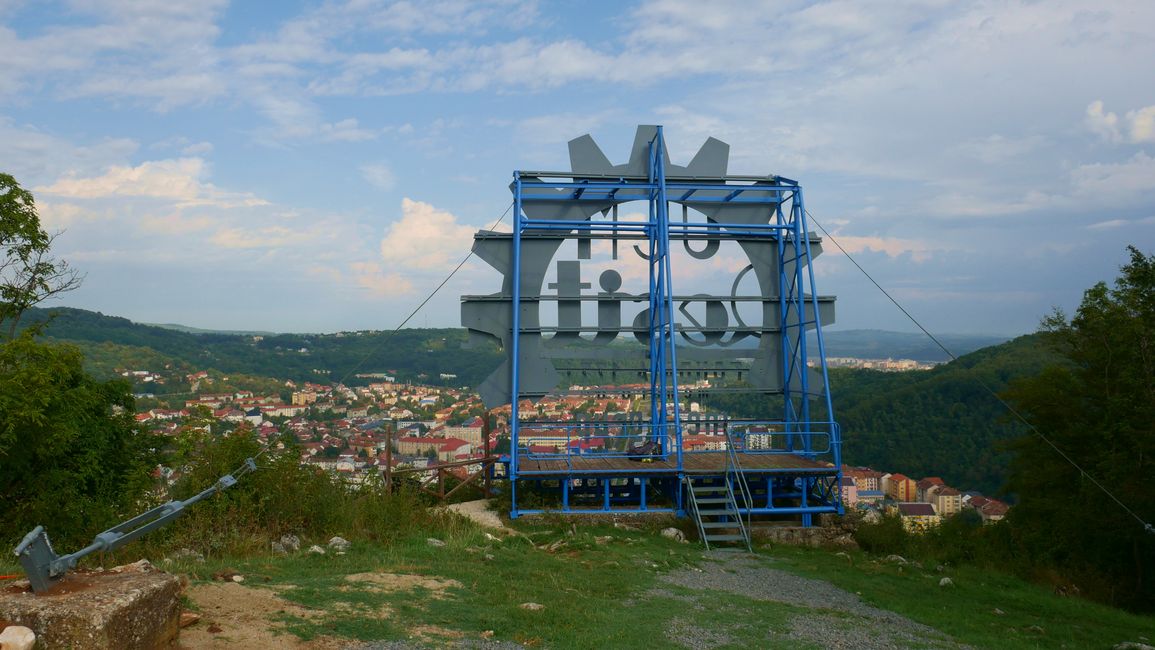
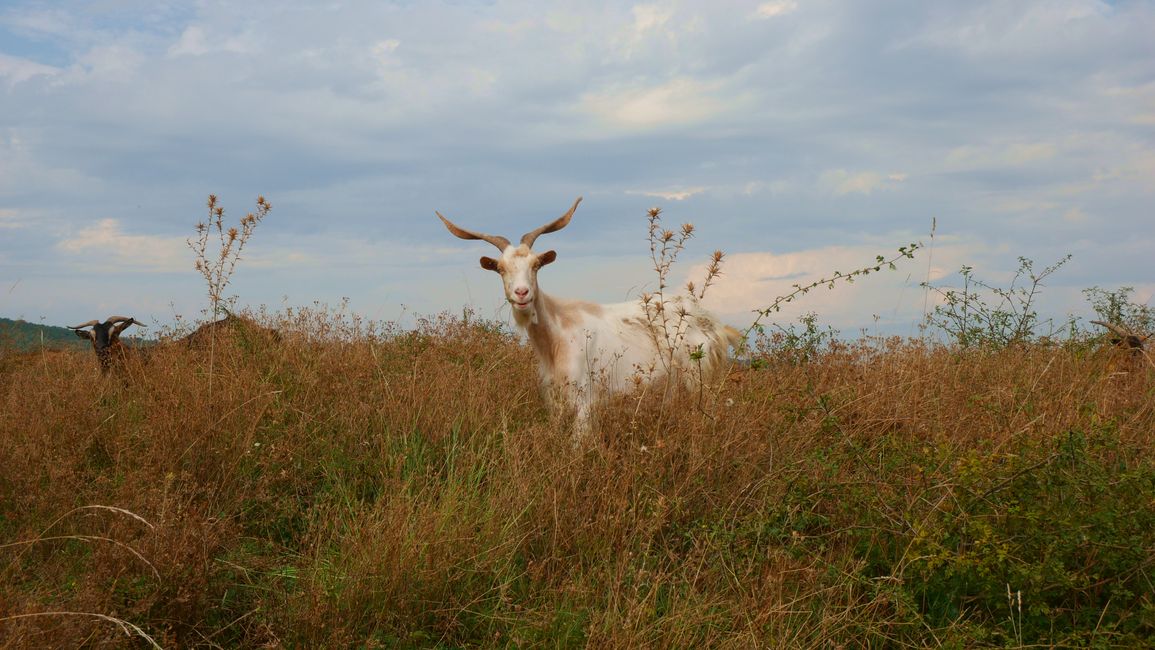
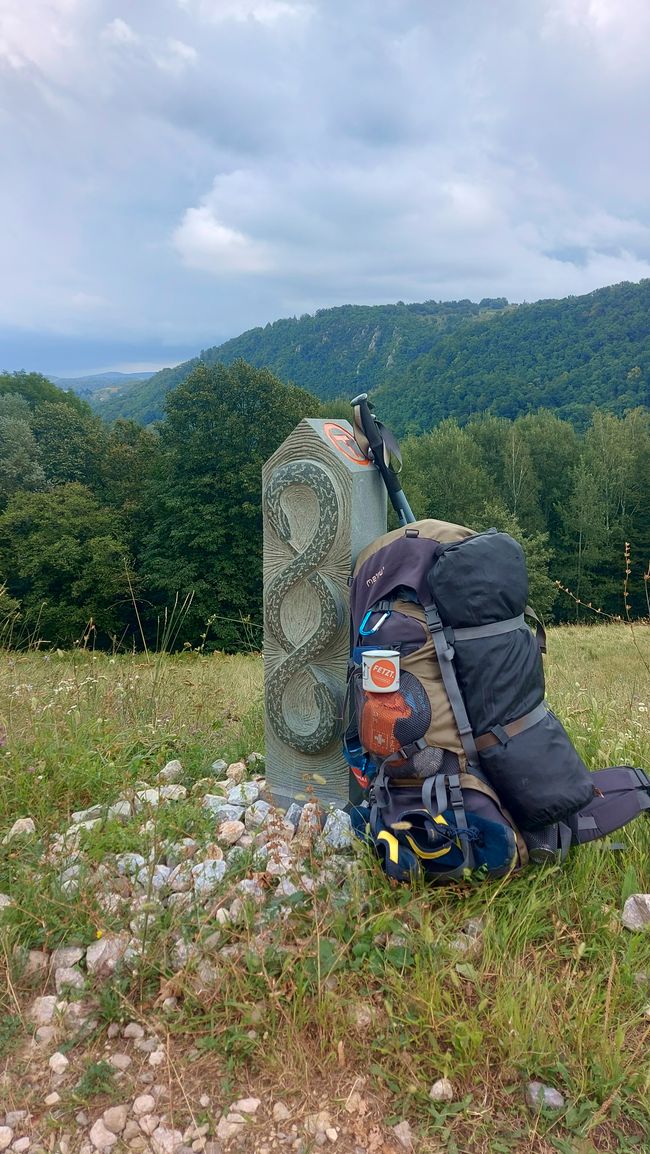
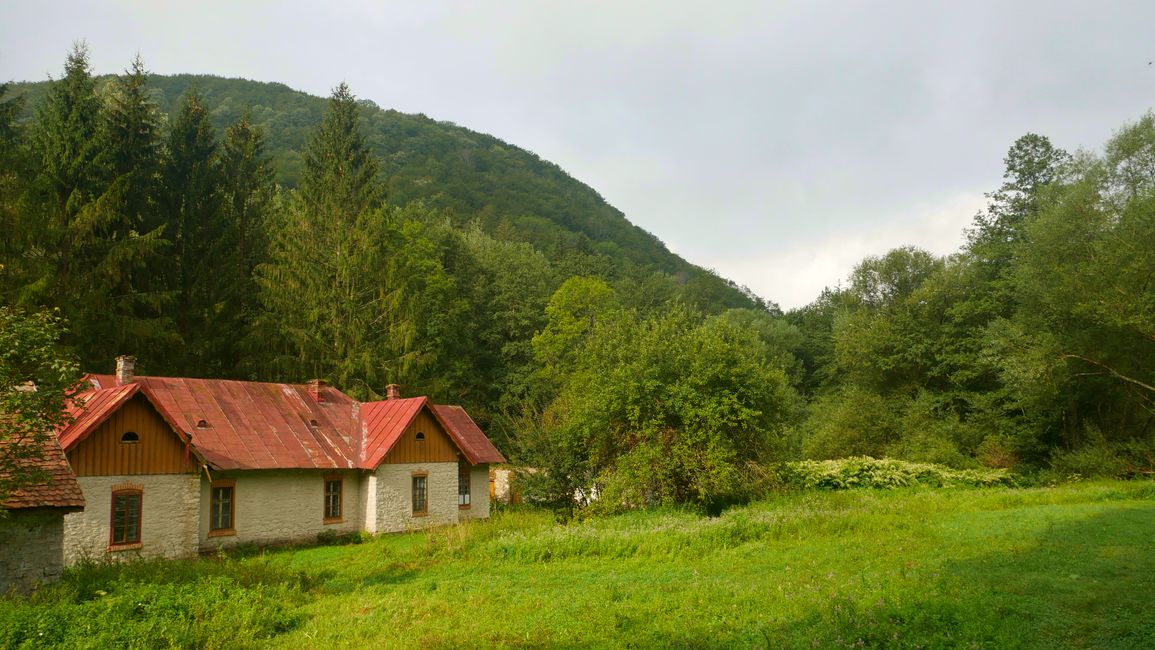
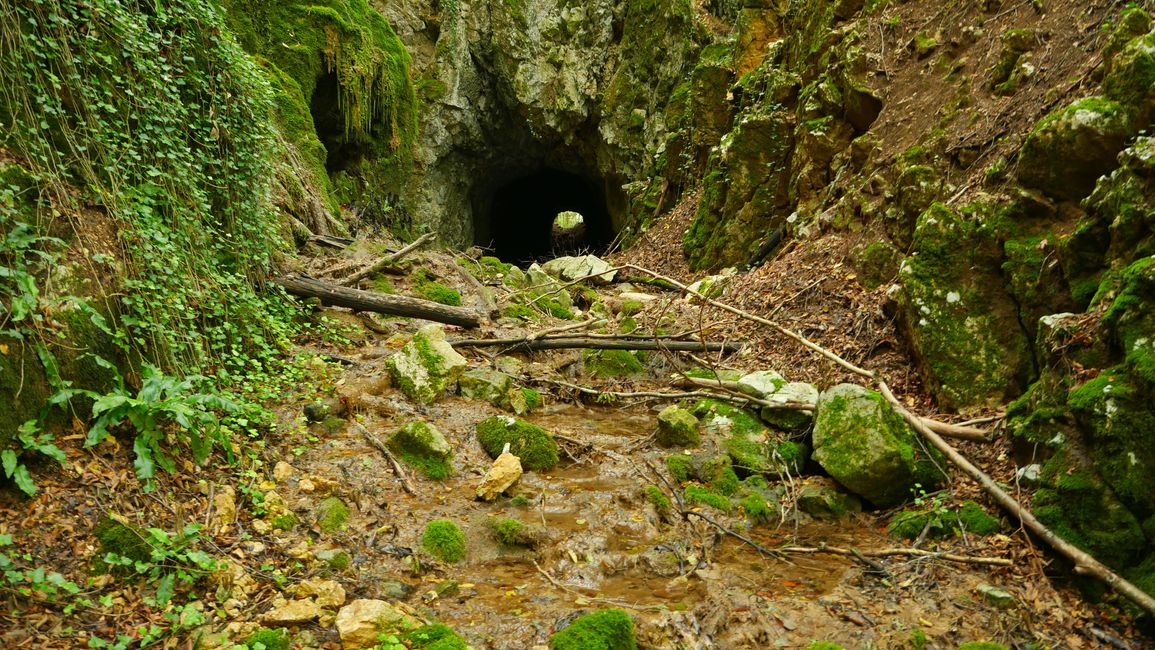
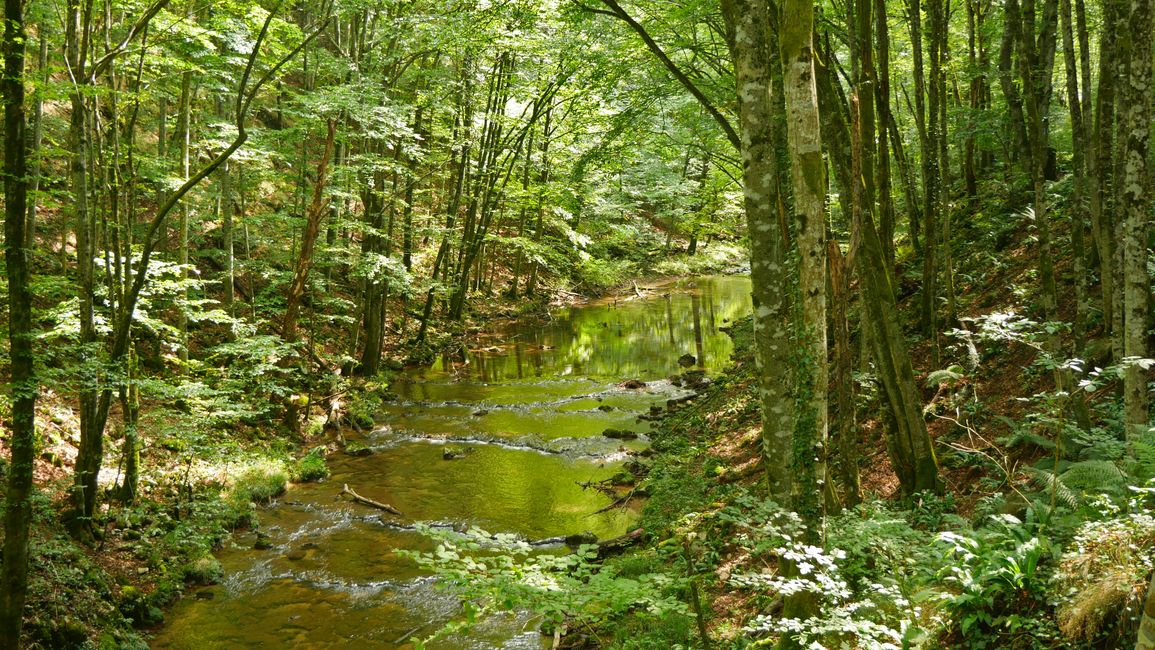
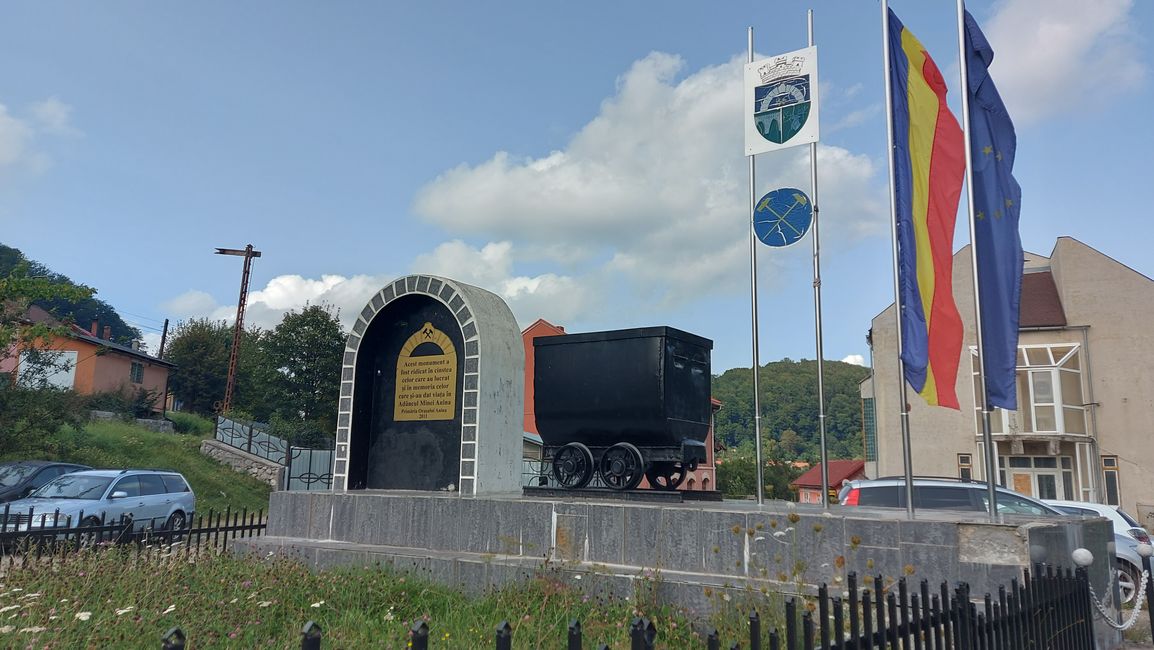
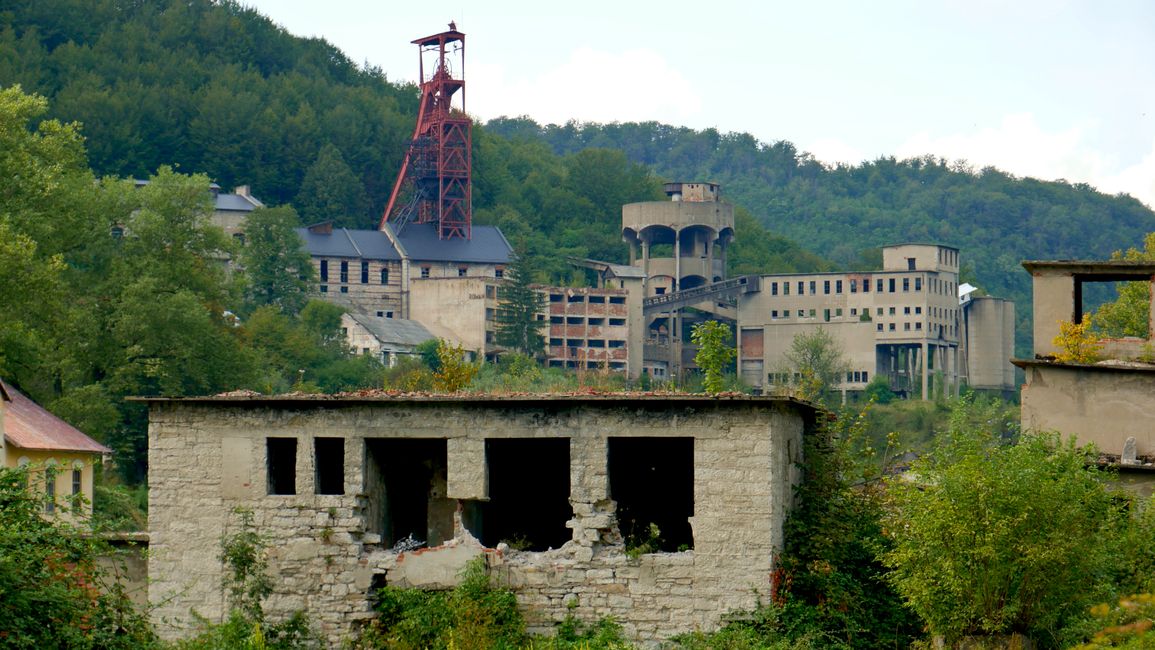
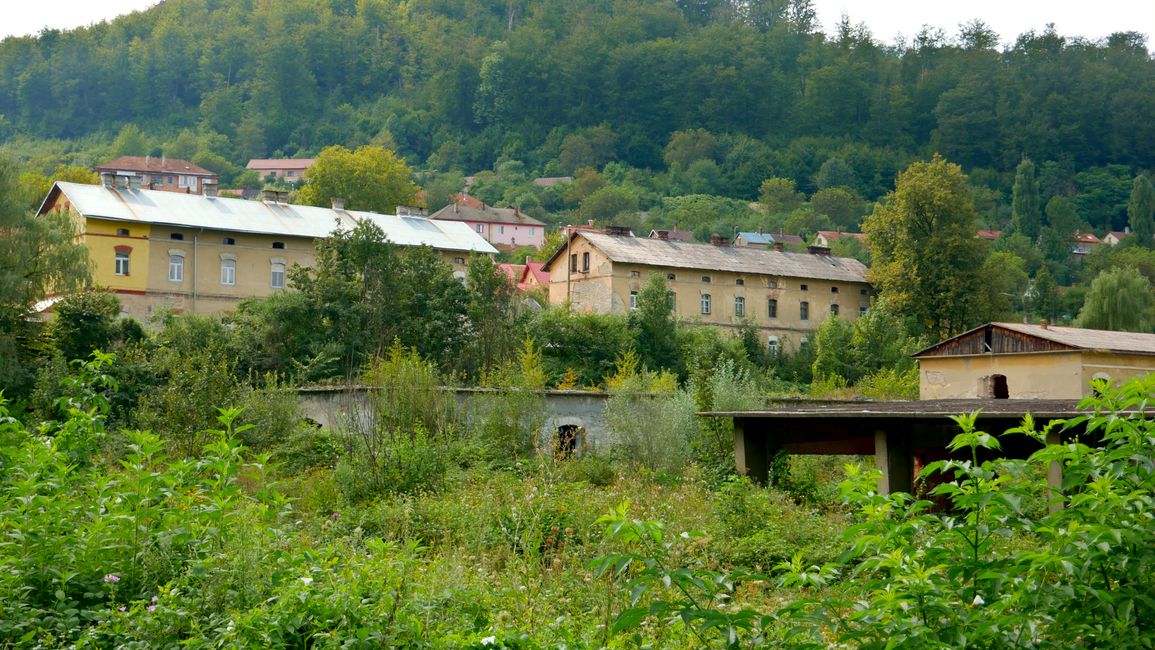
समाचार पत्रिका के लिए सदस्यता लें
After six weeks together across the Czech Republic, Slovakia, Ukraine and Romania, I'm suddenly traveling alone. We knew from the start that Kathleen had to go back to Germany, but it didn't make saying goodbye any easier.

Until we meet again in Istanbul, I'll be traveling on the E3 between Reşiţa and the Iron Gates, where the Danube breaks through the Carpathians between Serbia and Romania. Here the tent is used again and after the first two days I am very excited to see what new acquaintances I will make until Orşova.

Day 1: From the night train onto the Via Transilvanica
Since I only have 10 days to cover almost 190km, I rush off the night train at 8:00 a.m. and head south - after stocking up on all the necessary supplies and of course stopping at the small bakery for a decent meal I stopped for breakfast. A friendly Romanian catches me on the outskirts of Reşiţa as I look in vain for the climb - looking at the hiking app. He explains to me that there is a much better way, leads me back 300m and leaves me at the foot of a steep concrete staircase with best wishes - I foresee evil. After the first arduous 100 meters of altitude, I was rewarded with a view of Reşiţa, before it went further and further uphill, luckily now much less steep.

After a while I was surprised by the Via Transilvanica, which would brighten my day with its artistically designed path stones until the beginning of the second day.

I didn't have a clear idea of where I wanted to pitch my tent today, I planned to do about half of the 40km to Anina. I was all the more pleased to take note of a park ranger who told me that you could camp nicely in front of the Peş tera Cormanic cave and that there was good water there . My feet were already buzzing from all the gravel on the paths, but it sounded so tempting that I hung on for another half hour.

Day 2: On the railway embankment over hill and dale
I arrived at Peştera Cormanic on the E3 . To the delight of my legs, it seemed to lead over an old railway embankment, which promised a few meters in altitude and no steep climbs or descents. Since the railway embankment, which, as I later learned, is over a hundred years old but has not been used for decades, fallen rocks and fallen trees have formed an obstacle course for many kilometers - if you have your entire household on your back (me I occasionally feel like I'm running into a general store), which is of course a special joy. There were also four river crossings: three of them less than ankle deep and one at a height of around 20m over an old railway bridge, of which only the metal skeleton remained: a 15cm wide steel beam to walk on and the railing just out of reach.

Shortly before Anina, the E3 led from the railway embankment onto a gravel road. When a small car driving by stopped and the driver asked if he could give me a ride the 2km to Anina, I didn't think twice and squeezed the car into the trunk next to the grass trimmer, which is ubiquitous in Eastern Europe.

Anina quickly identified itself as a former mining town. As a resident of the Erzgebirge, you can see winding towers, chewing holes and spoil heaps from afar. In my accommodation I met an old miner (or friend) who told me a lot about the history of the place over a beer or two. Hard coal was mined here until a deadly methane explosion occurred underground. In 2006 mining suddenly stopped here. Of the once approximately 22,000 people, only around 5,000 still live in the city. The miner has also moved on and now lives in Austria, but comes here to visit every year. He and his family used to have a small house here. He is currently looking for an apartment because he is certain that he wants to spend the last days of his life here in Romania.
Robert
समाचार पत्रिका के लिए सदस्यता लें
उत्तर
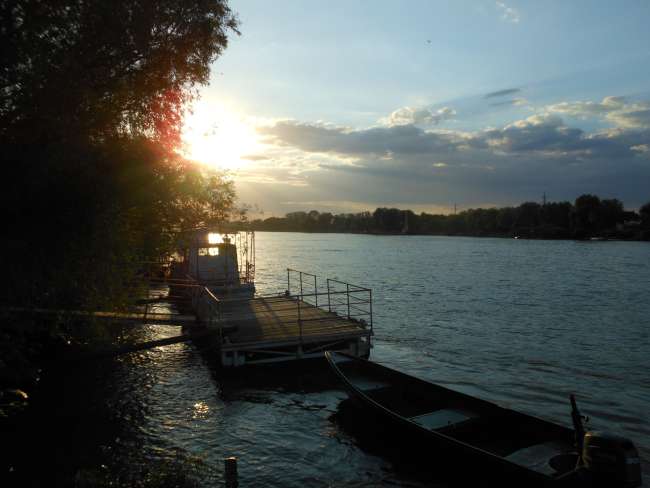
यात्रा रिपोर्ट रोमानिया

